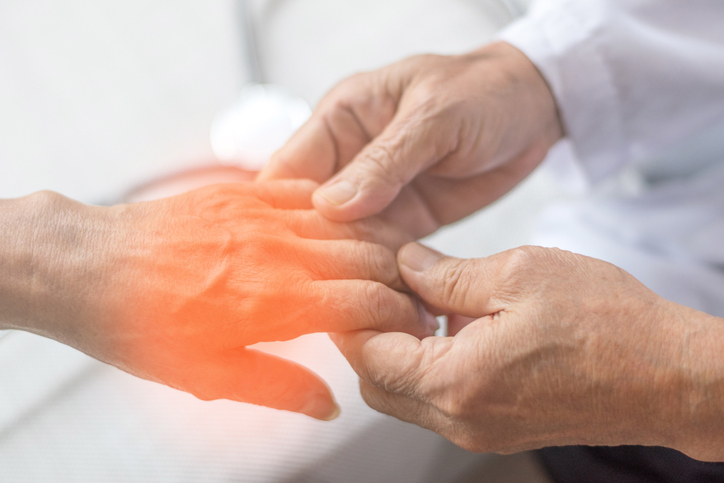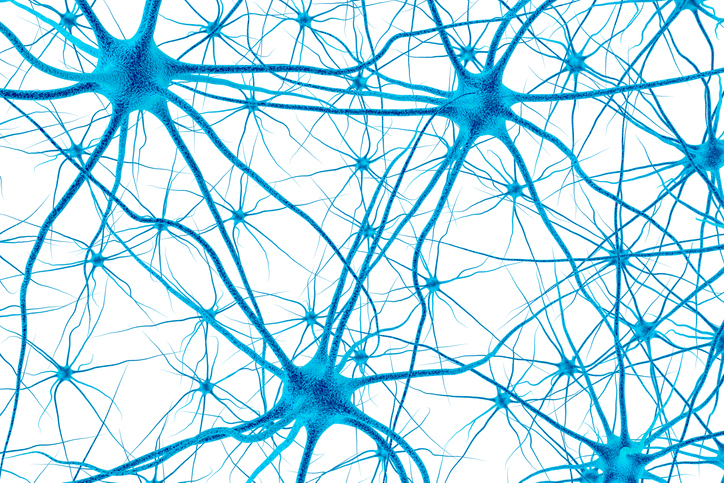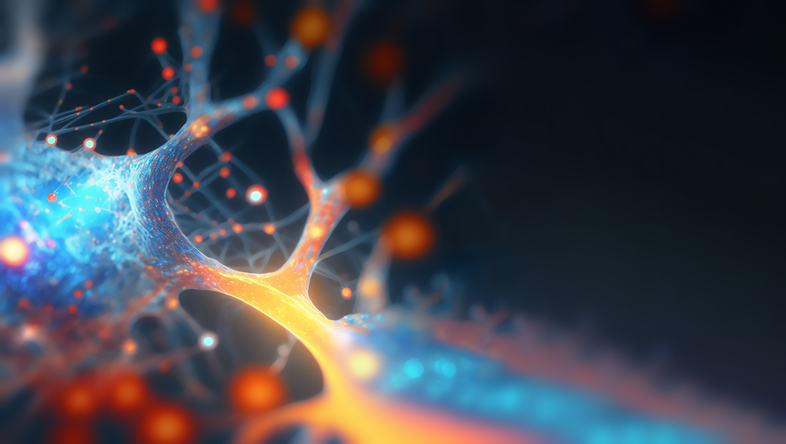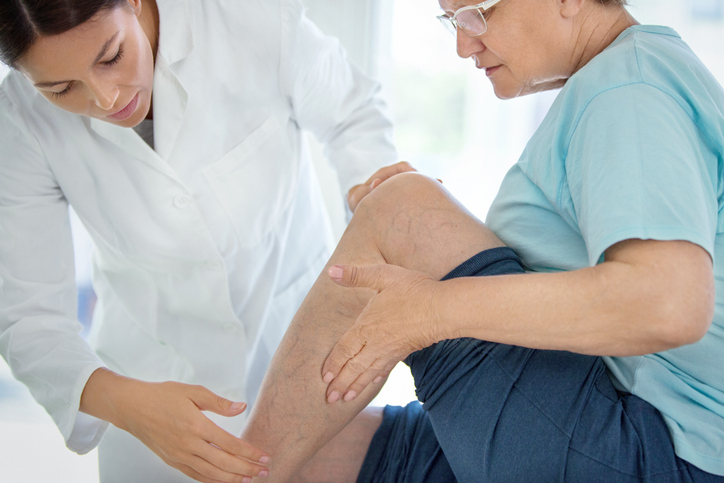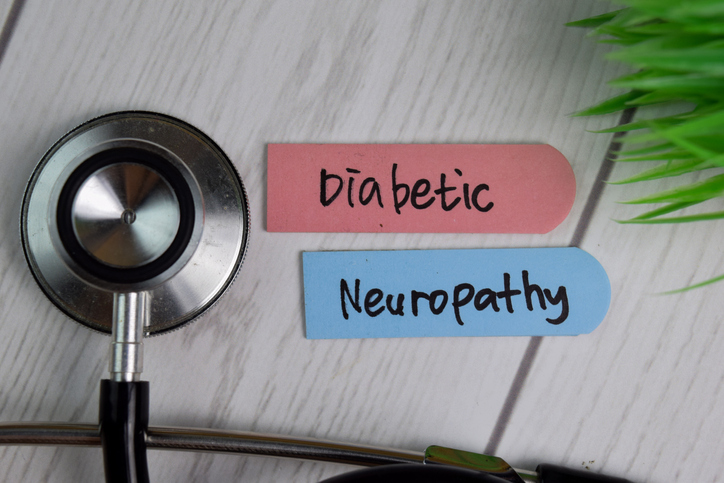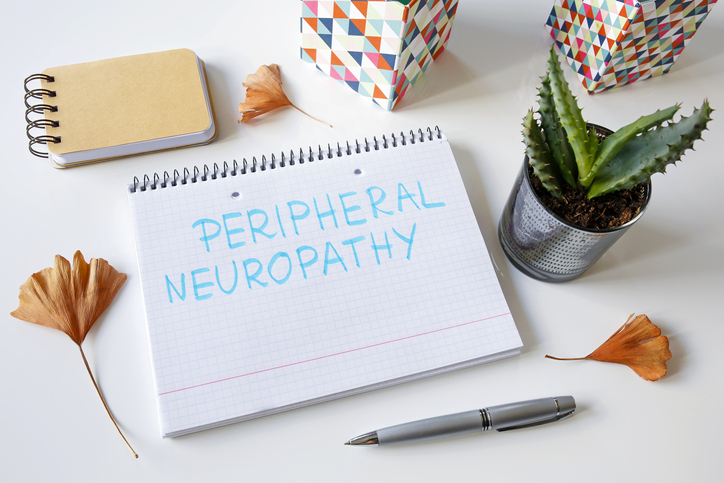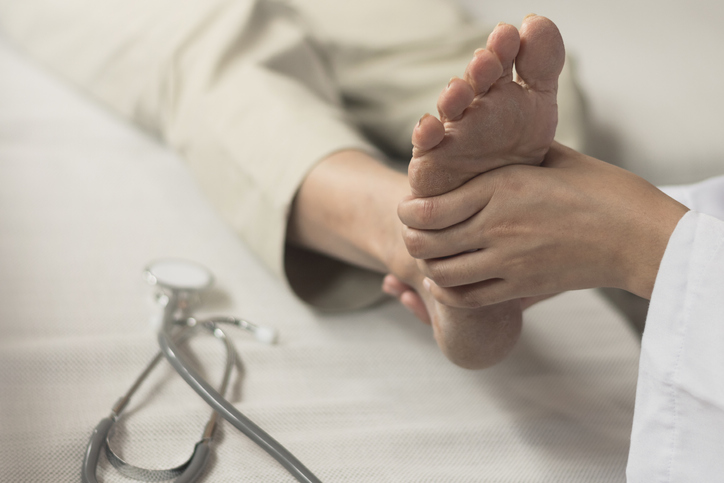Pain
Skin Reactions to Nerve Pain Conditions

What is nerve pain?
Nerve pain, or neuropathic pain, is often described as burning, stabbing or shooting. It may also involve numbness or tingling. Nerve pain is most commonly felt in the legs, back, arms, feet and hands. It has various causes, including nerve damage.
Skin reactions to nerve pain conditions
Nerve pain can present as painful sensations, muscle twitches, autonomic nerve systems changes (e.g., blood pressure, digestion, sweating, bladder, heart rate), lack of coordination, heat intolerance, and muscle weakness. The nerves that supply organs and muscles also supply skin; therefore, if a condition has resulted in nerve pain or damage, the skin may not receive adequate supply. Skin reactions caused by nerve pain conditions include, but are not limited to, temperature changes, discoloration, how sensations are felt, texture changes, swelling, rashes, etc.
Herpes zoster/postherpetic neuralgia
Postherpetic neuralgia is a painful condition that can develop as a medical complication of shingles (herpes zoster virus). It presents as a burning pain in the nerves and skin after the rash and blisters from the shingles virus have healed. The herpes zoster virus lies dormant in nerve cells in people who have had chickenpox. If the virus reactivates, it travels along nerve fibers to the skin and is referred to as shingles. Not everyone who has chickenpox will develop shingles.
Shingles is a painful condition that causes blisters and rashes on the skin. During a shingles outbreak, a burning or shooting pain occurs around the area of the blistered rash. Postherpetic neuralgia symptoms normally occur where the shingles rash developed. Skin reactions of postherpetic neuralgia include, but are not limited to, the following:
- Pain
- Itching
- Numbness
- Sensitivity to touch
- Burning sensation
- Temperature sensitivity
Complex Regional Pain Syndrome
Complex regional pain syndrome (CRPS), also called reflex sympathetic dystrophy syndrome (RSDS), is a type of chronic pain condition. It typically occurs after an injury and affects one limb (arm, leg, hand or foot). Though complex regional pain syndrome is not yet completely understood, it is believed that CRPS develops when the central or peripheral nervous system is damaged or malfunctions. It may also be caused by an immune system response.
CRPS often results in various skin changes. They include, but are not limited to, the following:
- Severe burning or throbbing
- Color changes
- Temperature changes
- Sensitivity to touch
- Texture changes
- Lesions
Diabetic neuropathy
Diabetic neuropathy affects approximately 50% of individuals with diabetes. It develops from long-term elevated blood glucose levels that gradually cause nerve damage. Managing type 1 or type 2 diabetes with proper medical care, blood sugar monitoring, and a healthy lifestyle is critical in preventing or slowing the progression of diabetic neuropathy.
An estimated 40% of those with diabetes experience diabetic dermopathy, which is characterized by small brown patches on the lower legs. Acanthosis nigricans can also appear, which presents as multiple thick, hyperpigmented, dark-brown plaques. They often develop on the back of the neck, elbows, underarms, palms, groin, belly button, and breast creases; however, it occurs more frequently in individuals with darker skin pigmentation. Other uncommon skin-related symptoms include the following:
- Eruptive xanthomatosis (small yellow-red bumps)
- Bullosis diabeticorum (blistering)
- Necrobiosis lipoidica diabeticorum (reddish brown areas)
Peripheral neuropathy
Peripheral neuropathy is a medical condition that develops when the peripheral nerves are damaged. The peripheral nervous system is the communication network that connects the central nervous system (the brain and spinal cord) to every other part of the body. Symptoms affecting the skin include, but are not limited to, the following:
- Color changes
- Sensitivity to touch
- Tingling or numbness
- Loss of sensations, such as feeling something hot or cold
Additional sources: Comprehensive Pain Centers and Verywell Health
